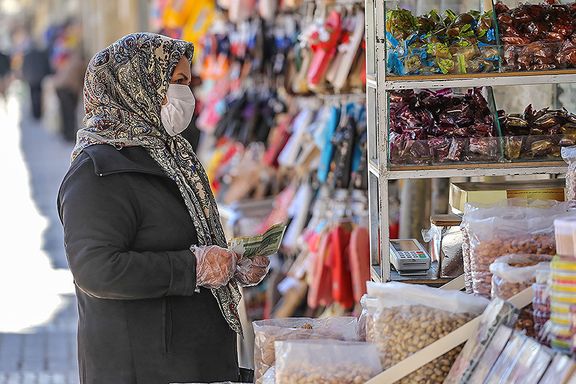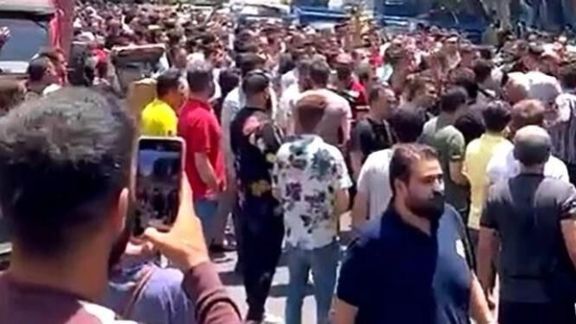Latest Report Shows Iran's Inflation Stays Above 50 Percent

The latest figures reported by the Statistical Center of Iran (SCI) indicate that point-to-point inflation stood at 52.2 percent for the month ending August 22.

The latest figures reported by the Statistical Center of Iran (SCI) indicate that point-to-point inflation stood at 52.2 percent for the month ending August 22.
Point-to-point inflation compares prices in a particular month to the same period in the previous year. However, annual inflation, which compares pries in the last 12 months to the previous 12 months rose to 41.5 percent according to the report.
Although the inflation rate increase slowed slightly from the previous Iranian month, overall the pace of inflation has accelerated since May.
The report says rents, medicine, and restaurant food, as well as snack cakes and biscuits had the highest jump last month, but prices of chicken and hydrogenated cooking oil dropped slightly.
The crucial problem for Iran is the high rate of inflation in the food sector this year. The overall nationwide point-to-point annual food inflation rate in June 2022 compared with the same period in 2021 was 87 percent but the rate reached 100 percent in parts of Iran.
Most price increases happened since early May when the government scrapped a food import subsidy to save around $15 billion in foreign currency annually. The move, which the government called a ‘great economic surgery’ immediately triggered a massive rise in prices for basic food staples, such as bread, pasta, dairy products, cooking oil and meat.
Until further notice, President Ebrahim Raisi said in a televised interview following the announcement of the new policy, the government would pay monthly around 4 million rials (about $15) to 30 percent of the population at the lowest-income groups, and around 3 million to 60 percent of the population. The 10 percent at the highest income level would receive no cash handouts, he said.

Some experts have argued that if the government continues to pay the cash handouts it would reach $10 billion annually, which would mean printing more money and creating more inflation. The previous food import subsidy was based on disbursing cheaper dollars among importers, with less risk of inflation.
Economists say lower income people experience a higher rate of inflation as they spend more of their income on essential foods and often forsake anything deemed as luxury. With back-to-back high inflation since 2018, many missile class people have dropped to low-income status.
The rate of inflation for food items including staples like bread, pasta, eggs, and cooking oil affect the contents of the shopping basket of the lower income families more than those with higher income.
For instance, the two lowest income percentiles spend more than 40% of their money for food whereas this amounts to less than 17% for the highest income percentile. The discrepancy in the way that higher and lower income classes experience inflation widens the gap between the poor and the rich, economists say.
“The overall purchasing power has dropped because of [the government’s] economic reform in May. There is [an abundance] of goods in the market but people can't buy as much as they did before. Many items in people’s shopping baskets have been eliminated, reduced, or replaced with cheaper similar essential goods,” Alireza Heydari, economist, explained to Tejarat News.
The point-to-point inflation rate affecting the lowest income percentile in comparison with the highest income percentile has increased by 1.2% in the past month from 5.7 to 6.9 in the calendar month ending August 22 due to the higher share of foodstuff in the shopping basket of the lower income percentiles which includes fewer ‘non-essential’ items.